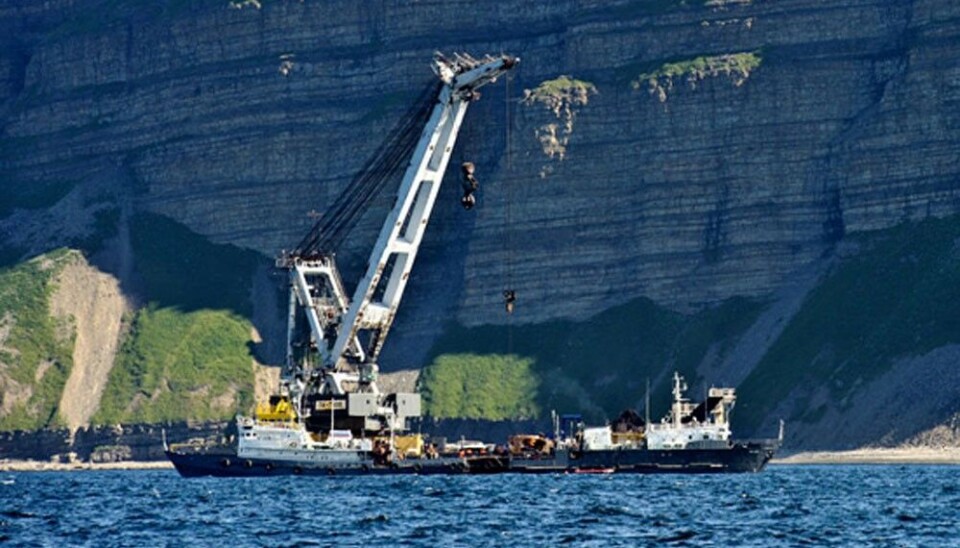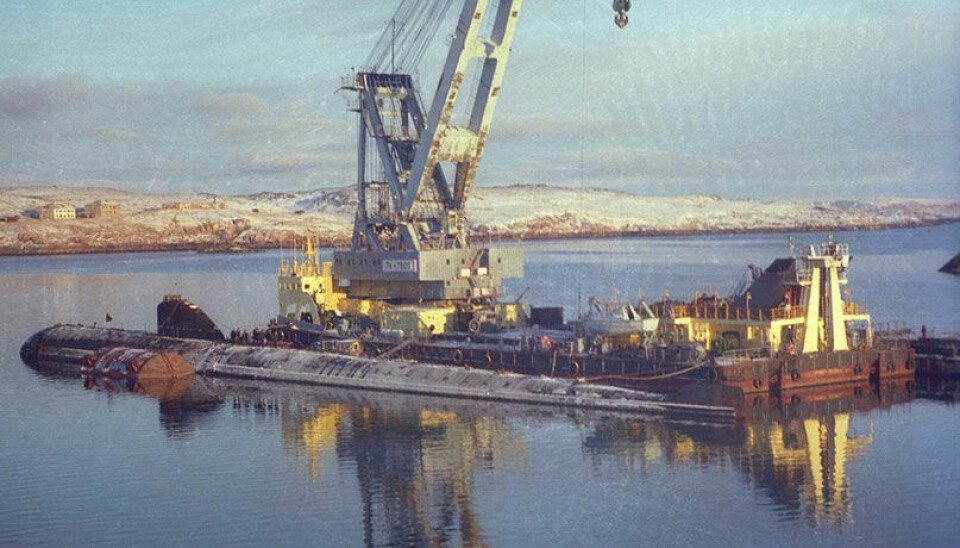
Russia's giant self-propelled Navy crane is heading to Novaya Zemlya
The "PK-7500" has undergone mechanical repair and will now be applied for "technical underwater operations" in the far northern and heavily militarized archipelago.
The crane that has a lifting capacity of 500 tons is the by far most powerful installation of its kind in Russia. It will now head to Novaya Zemlya, a newspaper operated by the Northern Fleet reports.
According to Na Strazhe Zapolyare, the PK-7500 will engage in “technical underwater operations” in the area.
The kind of operations is not clear, neither are their exact location. But the powerful crane has in its 40 year history been applied for various purposes.
The crane has been instrumental in the development and maintenance of the Northern Fleet ports along the Kola Peninsula, among them Liinakhamari, Zapadnaya Litsa, Gadzhievo, Motovsky Zaliv, Severomorsk, Ostrovnoy, Severodvinsk and Novaya Zemlya.

It has also engage in the deployment of weapons to naval bases in the region. Reportedly, it transported a S-300 missile battery to the island of Vitte, near the Gremikha base.
It has been involved in several lifting operations of sunken naval vessels, including the Kursk. It participated in transporting retired subs from Gremikha to Snezhnegorsk in the Kola Bay.
In 2014 and 2015 it lifted to the bottom of the Barents Sea military equipment from Thomas Donaldson, the American transport ship that was sunk outside the Kola coast on the March 20, 1945.
In addition, the PK-7500 also has a major digging bucket that can be used to lift items from 70 meter depths.
The self-propelled crane was built in Sevastopol in 1983 and has since then been part of the Northern Fleet. In the early 2000s, the crane’s engine wrecked and mobility severely reduced.
Following repair works at a dry dock in Murmansk the engine of the crane was restored and it could since February 2019 reportedly again use its own propellers, newspaper Krasnaya Zvezda informs.















